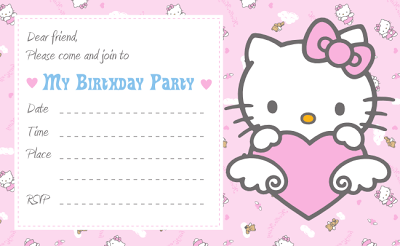Tracing activity is a fantastic and fun way to help young children develop foundational skills that support both cognitive and motor development. From fine-tuning hand-eye coordination to enhancing early writing abilities, tracing is an ideal activity for preschoolers and early elementary-aged kids who are just beginning to explore shapes, letters, and patterns.
This might be the sign for you to start a tracing project with your kids. For young children, activities like these are not only beneficial, but also fun. It is also a bonding opportunity if you spend some time doing it with them. And why not get other parents with young children to get together and do this wonderful activity? Because the more the merrier, right? Children will also learn social skills when doing activities together with their peers.
This guide will walk you through the many benefits of tracing, the perfect age range to start, simple ways to get kids engaged, and tips on how to make tracing a shared activity that parents, siblings, or friends can enjoy together. Whether you’re a parent, teacher, or caregiver, introducing tracing activity can be an exciting and rewarding experience for everyone involved!
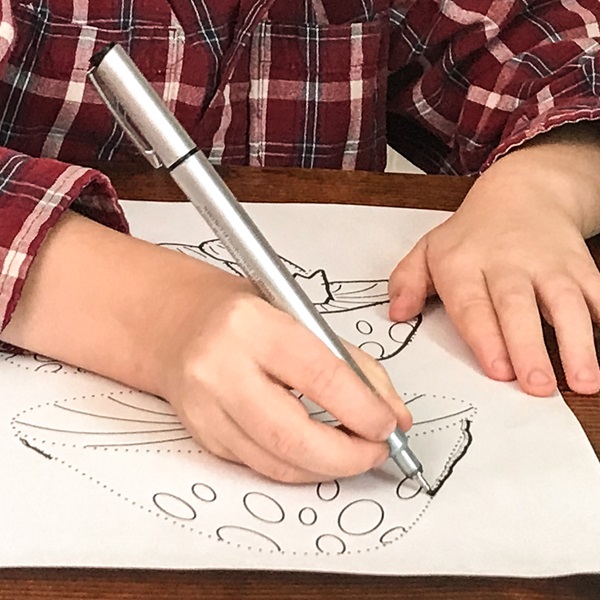
Age Group
Tracing activity is especially beneficial for children aged 3 to 7 years. During this stage, kids are developing fine motor skills, hand-eye coordination, and basic writing readiness. Tracing activity can also be easily modified to suit the child’s developmental needs. Three- to four-year-olds benefit from tracing simple shapes and lines, which helps them build the foundational motor control needed for more complex tasks. By ages five to seven, kids can start tracing letters, numbers, and more detailed shapes, preparing them for handwriting and boosting their focus and spatial awareness.
Benefits of Tracing Activity
Tracing offers a variety of developmental benefits for young children, helping them build skills that lay the groundwork for future learning and coordination. Here are some of the key benefits:
- Fine Motor Skill Development: Tracing strengthens the small muscles in children’s hands and fingers, which are essential for tasks like handwriting, buttoning clothes, and using scissors. So this is such a great starting activity to prepare your young children before they start school.
- Hand-Eye Coordination: As children carefully follow lines and shapes, they learn to coordinate what they see with how they move their hands. This improves accuracy and control in tasks requiring precision.
- Pre-Writing Skills: Tracing is a gentle introduction to writing by teaching kids the basics of forming shapes and lines. It familiarizes them with the motions needed to write letters and numbers, giving them a head start on handwriting.
- Cognitive Development: Tracing encourages focus and concentration as children follow lines and shapes. They also practice problem-solving by figuring out how to trace complex patterns and shapes.
- Spatial Awareness: Tracing helps children understand spatial concepts, such as inside/outside, top/bottom, and left/right, which are valuable in reading, writing, and daily activities.
- Boosting Confidence: Successfully completing tracing activities can build children’s confidence, making them feel accomplished and encouraging them to take on more challenges.
- Creativity and Self-Expression: As kids gain confidence, they can trace more intricate designs, coloring them or adding their own flair, fostering a sense of creativity and self-expression.
Overall, tracing is an engaging activity that combines learning and play, helping children develop essential skills in a fun, stress-free way.
Getting Started
Starting a tracing activity with your children can be a fun and rewarding experience! It is understandable that it can be hard to get started, so here’s a step-by-step guide to get started:
- Choose Simple Materials: Begin with basic supplies like paper, pencils, crayons, or markers. You can find tracing worksheets online with easy shapes, letters, or numbers, or use blank paper to create your own designs for them to trace.
- Start with Basic Shapes: For young beginners, simple shapes like circles, squares, and lines are ideal. This builds their confidence as they work on manageable tasks. You can progress to letters and numbers once they’re comfortable with basic shapes.
- Make It Fun and Interactive: Add a creative twist by using tracing stencils or colorful tracing sheets. Use highlighters or fun markers to make the lines they trace over colorful. You can also make a game out of it by timing them or tracing alongside them to make it social.
- Encourage Proper Grip: Gently show them how to hold the pencil or crayon with a proper grip, especially if they’re just learning. Model it yourself, or use small, child-friendly grips if needed to help them gain control.
- Offer Positive Encouragement: Celebrate their efforts by praising the process rather than perfection. This builds confidence and keeps them engaged in the activity.
- Gradually Increase Complexity: As they grow more skilled, introduce more detailed shapes, letters, or numbers. You can even try tracing words or simple drawings to expand their abilities.
- Be Patient and Consistent: Keep sessions short and frequent—5 to 10 minutes is often enough for younger children. This consistency will help them build skill and endurance without feeling overwhelmed.
By making tracing a relaxed and enjoyable activity, you’ll help your children develop new skills while having a great time together. Invite family members to join in, or set up a mini “tracing station” to make it a regular part of your routine!
There are so many resources online that offer free printable worksheets to start off a tracing activity with your kids, from tracing lines, simple shapes to letters! To name a few, The Craft at Home Family and Super Star Worksheets, check them out!
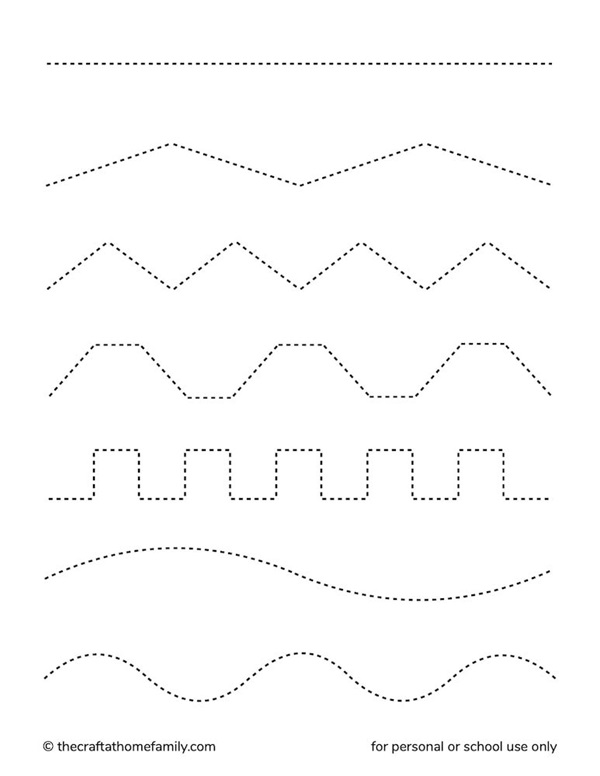
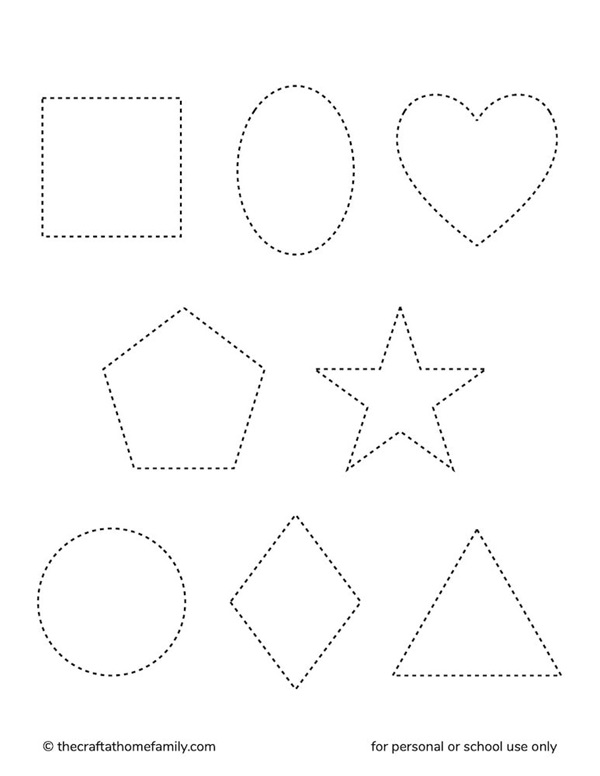
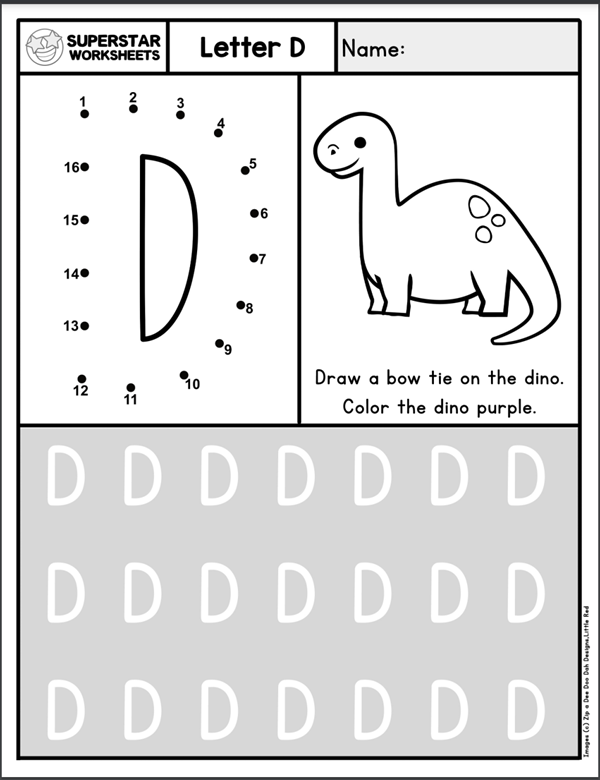
Inviting Other Parents and Children
Inviting family and friends with young children to join in a tracing activity can create a fun, social experience that benefits all the kids involved. Here are a few ways to organize it and why it’s a great idea:
How to Invite Family and Friends
- Host a Tracing Playdate: Send a friendly invitation for a playdate focused on tracing and art. You can set up a simple station with tracing materials, snacks, and a comfortable space for kids to sit and work.
- Create a Group Challenge: Use a theme—like tracing animals, favorite characters, or letters of the alphabet. This can add a sense of excitement, making it a small event for kids to look forward to!
- Make it a Family Activity: Host a family art night where everyone, including older siblings or adults, tries tracing activities together. Everyone can show off their traced designs, and it’s a fun way to bond.
- Send Digital or Physical Invitations: Send out invitations with a creative touch, like a tracing-themed e-invite or a postcard that the kids can color in. This makes it feel special and exciting for everyone invited.
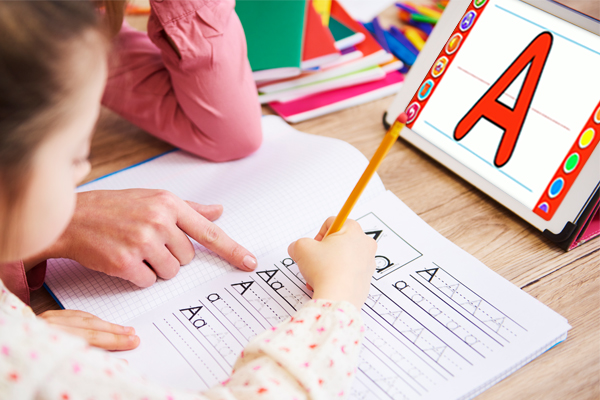
Benefits of Group Tracing Activities
- Social Skill Building: Group activities allow children to interact, share, and learn from one another. They can see different approaches, discuss the activity, and even collaborate on projects, helping them learn teamwork and patience.
- Boosts Motivation and Confidence: Children often feel more encouraged when they see others participating. They’re likely to stay engaged longer and try new challenges if they see their friends doing the same.
- Encourages Friendly Competition: Watching each other can inspire kids to put more effort into tracing, helping them concentrate and strive to improve their own skills.
- Promotes Sharing and Collaboration: Kids can trade markers or tracing sheets, which builds a sense of community and teaches them to share materials and ideas.
- Creates Lasting Memories: Group activities make the tracing process a fun, social experience that children will associate with positive feelings, making them more likely to enjoy similar activities in the future.
And to help you out, we have some incredibly fun invitation templates that you can use to invite family and friends to your tracing activity party. These templates showcase fun designs that children love and will get them excited to come. So check the invitation templates here: 16+ Baby Bear Forest Baby Shower Invitation Templates and 14+ Construction Zone Birthday Invitation Templates
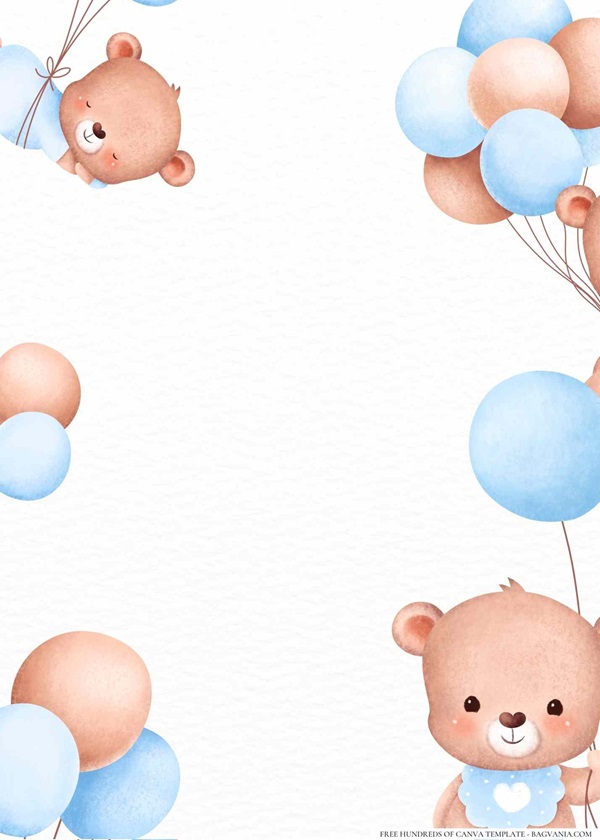
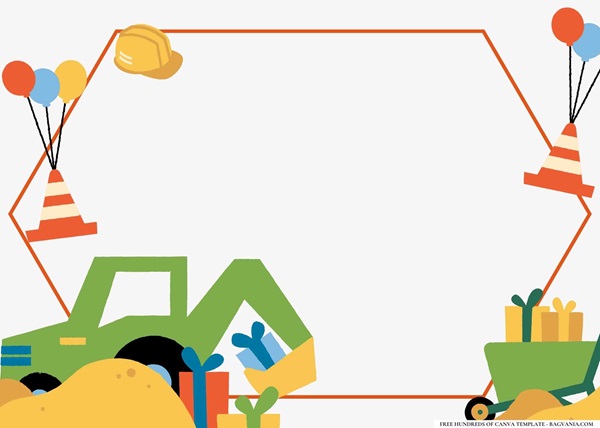
A tracing activity with family and friends is not only a fantastic way to boost children’s development but also brings everyone closer together in a warm, interactive environment.
Conclusion
Incorporating tracing activity into a child’s routine is a simple yet powerful way to foster essential skills, from fine motor control to cognitive development. By encouraging tracing activities, either one-on-one or in a group setting with family and friends, you’re providing children with a foundation that will benefit their academic and creative growth. Starting with basic shapes and gradually moving to more complex designs, tracing keeps kids engaged while boosting their confidence. So gather some pencils, paper, and a few young artists—tracing together not only makes learning fun but creates cherished memories and a sense of community along the way.
























